An Interest In:
Web News this Week
- April 1, 2024
- March 31, 2024
- March 30, 2024
- March 29, 2024
- March 28, 2024
- March 27, 2024
- March 26, 2024
Mechanical Keyboards 101
Welcome to my Mechanical Keyboards 101 series! In this series I hope to introduce mechanical keyboards, their components, how to customise them and how to get into the hobby. This article is meant for people who don't know much (yet!) about mechanical keyboards, and will gloss over the details of a number of things that more curious people can research in their own time.
As the subject is pretty dense, I split this series into a number of articles. Please follow the table of content to access each section of the series (some links will open in new tabs/windows).
Table of Contents
I - What is a mechanical keyboard?
II - Why get a mechanical keyboard?
III - How does it work?
IV - What type of keyboards can you find? (opens in this window)
V - How do you customise a mechanical keyboard? (opens in this window)
VI - How do I get started? (opens in this window)
What is a mechanical keyboard?
A mechanical keyboard is a keyboard that is built with spring-activated switches. A switch is the little mechanism under the keycap that allows your keycap to spring up and down.
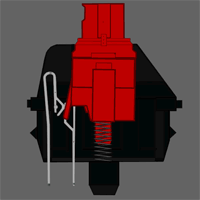
A mechanical switch - src
There are many other types of keyboards that have different switches and that you've surely encountered before: membrane switches are found on the keyboards of microwaves and other appliances, for example.
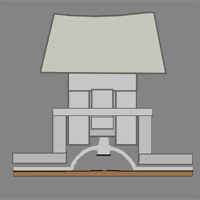
A dome switch - src
Dome switches are often found on the old keyboards you'd get when buying a Windows computer, and which close an electrical circuit in order to register the keystroke. Scissor switches also close an electrical circuit, but the "scissor" mechanism allows the key to bounce back.
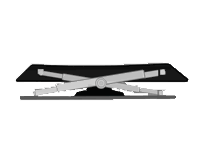
A scissor switch - src
And finally, if you've ever thought about how much better the old Mac laptop keyboards were, know that the newer ones that have a tendency to break are butterfly switches.
Why get a mechanical keyboard?
I decided to get a mechanical keyboard because I wanted more customisation than was available to me with the Apple keyboards we had at the office. I wanted a colourful keyboard that would not look like any others, and I also thought they just looked cool in general!
Having a mechanical keyboard means it's customised to your preferences, and will keep those preferences in store regardless of the computer you work on. This is ideal if you pair and have to share a screen, or you use your keyboard both at home and at work, as you won't need to remember key combinations because the keyboard will do that for you.
Mech keyboards are very highly customisable, with some people buildings theirs from scratch. You can choose the shape of the keyboard, the type of switches you want, the layout of the keyboard, the number of keys you want on it, and - of course - the keycaps. Let's explore further how you can make a keyboard your own by looking at how they work and what types exist.
How does it work?
A keyboard is composed of five main components. A case, a printed circuit board (PCB), a plate, switches and keycaps.
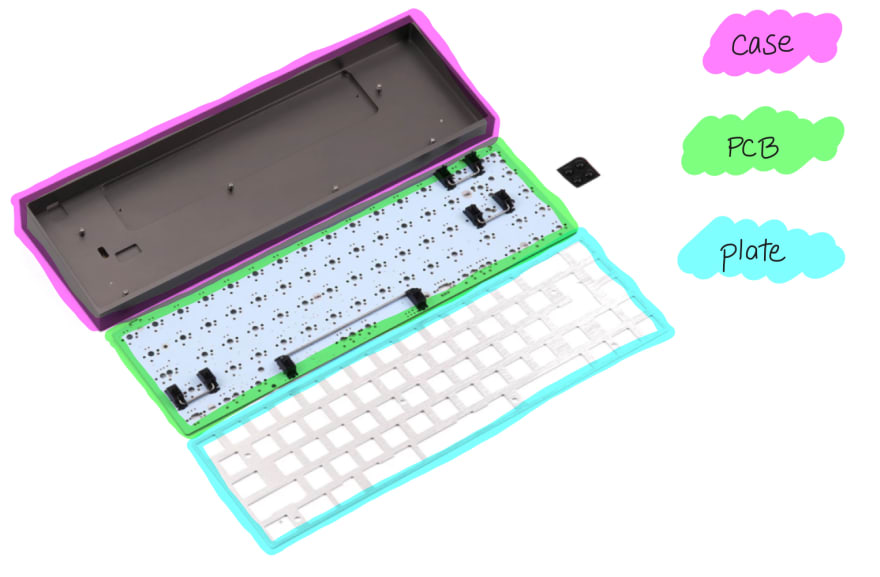
Parts of a keyboard - src
The case holds the PCB, to which switches are mounted (soldered or not), and which hosts the software of the keyboard. Once the switches are mounted, the PCB is usually covered by a plate made of a variety of materials, which helps to protect the PCB from dirt and dust, and improves the aesthetic and the sound and feel when typing.
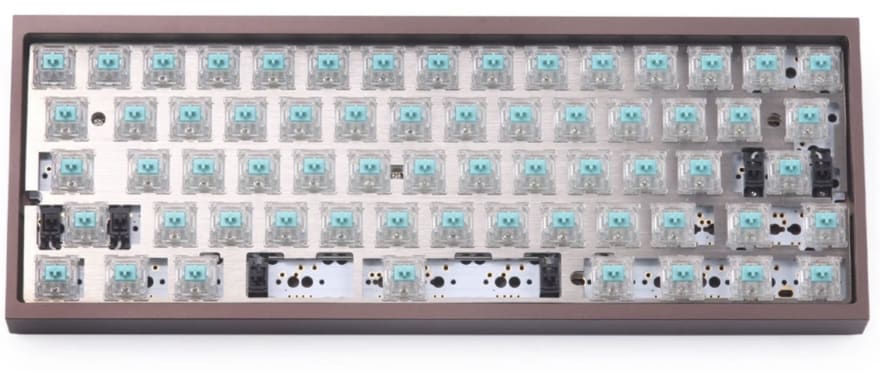
A complete board without keycaps - src
I will talk about switches in more details further below, but they're the mechanism that allows you to actually type and register keystrokes. They have a housing, which encloses the different parts of the switch including the stem, and the spring, on which the stem bounces up and down when you press it. The stem is the part on which the keycap attaches.
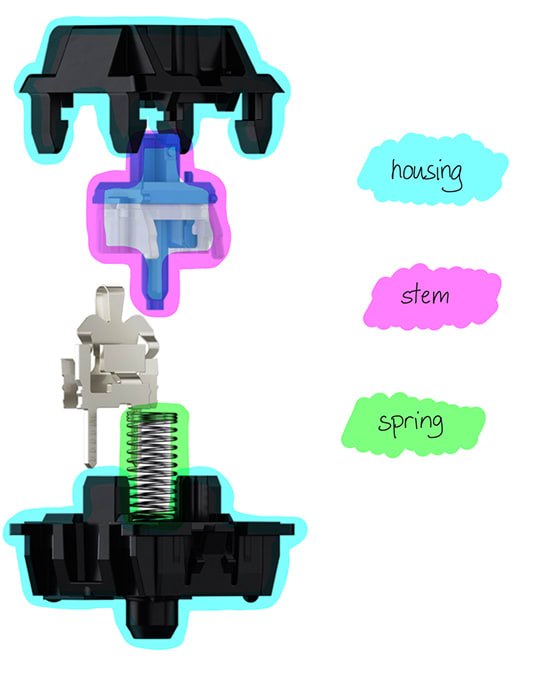
Anatomy of a switch - src
Finally, keycaps are the plastic caps that go on top and allow you to type comfortably. The mechanical keyboard community has been designing keycap sets for years, and some have amazing concepts and colourways.
Combined together, these components give you a typing device that you can truly make your own. Now, let's get into even more details, and look at the different types of keyboards that you may encounter.
To read the rest of the articles in my Mechanical Keyboard 101 series, head over to the table of content, or read about the different types of keyboards, how to customise a keyboard or how to get into mechanical keyboard.
Original Link: https://dev.to/codeidoscope/mechanical-keyboards-101-53id
Dev To
 An online community for sharing and discovering great ideas, having debates, and making friends
An online community for sharing and discovering great ideas, having debates, and making friendsMore About this Source Visit Dev To


